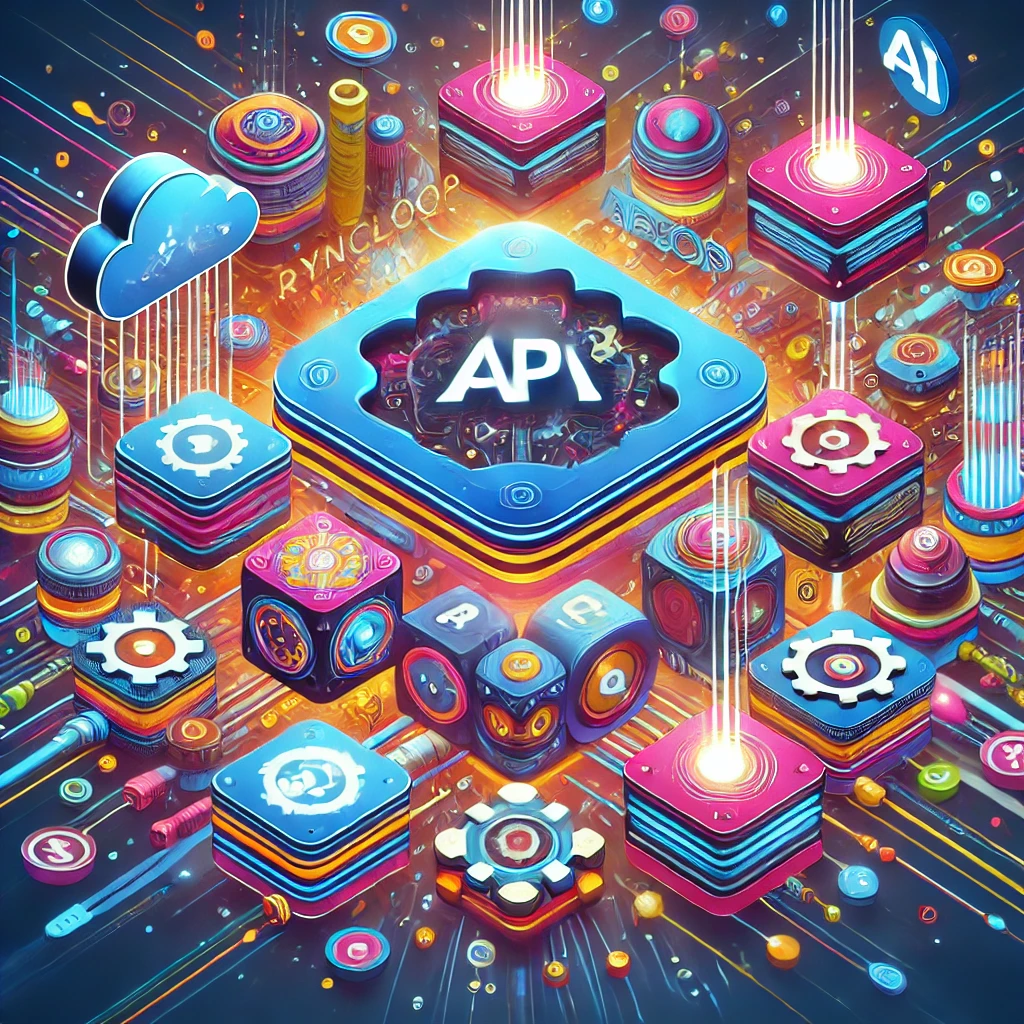How Syncloop Supports GDPR-Compliant API Workflows

What is GDPR?
The GDPR is a regulation enacted by the European Union to protect the personal data and privacy of EU residents. Key principles include:
- Transparency: Informing users how their data is collected, processed, and stored.
- Data Minimization: Limiting data collection to what is strictly necessary.
- Security: Protecting data from unauthorized access, breaches, or loss.
- User Rights: Enabling rights such as data access, correction, and deletion.
- Accountability: Maintaining records to demonstrate compliance.
APIs handling personal data must integrate these principles into their workflows to ensure compliance.
Challenges in Building GDPR-Compliant APIs
- Data Security: Preventing unauthorized access and breaches.
- User Rights Management: Implementing features like data deletion and access on demand.
- Auditability: Keeping detailed logs to demonstrate compliance.
- Third-Party Integration: Ensuring that integrated services comply with GDPR standards.
- Scalability: Managing compliance across growing volumes of data and users.
Syncloop addresses these challenges with a comprehensive approach to compliance.
Syncloop Features for GDPR-Compliant API Workflows
1. Data Encryption
Syncloop enforces strong encryption protocols (e.g., TLS for data in transit and AES for data at rest), ensuring that personal data remains secure.
- Benefits:
- Protects sensitive information from unauthorized access.
- Meets GDPR’s data security requirements.
- Use Case: Ideal for APIs handling sensitive user information like financial or healthcare data.
2. Consent Management
Syncloop includes tools for managing user consent, enabling APIs to track, store, and validate consent records.
- Benefits:
- Ensures transparency in data processing.
- Simplifies compliance with consent-related requirements.
- Use Case: Essential for applications requiring explicit user consent for data collection.
3. User Rights Enablement
Syncloop provides built-in workflows for implementing GDPR-mandated user rights, such as:
- Data Access: Allowing users to view their personal data.
- Data Portability: Enabling export of data in a standard format.
- Data Deletion: Implementing “right to be forgotten” requests.
- Correction Requests: Allowing users to update inaccurate data.
- Benefits:
- Simplifies the implementation of complex user rights processes.
- Enhances user trust and transparency.
- Use Case: Suitable for customer-facing APIs in industries like retail, healthcare, and SaaS.
4. Audit Logging
Syncloop automatically generates detailed audit logs of API activity, including data access, updates, and deletions.
- Benefits:
- Provides evidence of compliance during audits.
- Identifies potential security risks through detailed tracking.
- Use Case: Necessary for demonstrating GDPR compliance to regulators.
5. Data Minimization
With Syncloop, developers can configure APIs to collect and process only the data necessary for specific use cases.
- Benefits:
- Reduces exposure to data breaches.
- Ensures compliance with GDPR’s data minimization principle.
- Use Case: Effective for APIs integrated with third-party services.
6. Anonymization and Pseudonymization
Syncloop supports data anonymization and pseudonymization techniques to protect personal data during processing.
- Benefits:
- Enables secure analytics and processing without exposing identifiable information.
- Ensures compliance with GDPR requirements for data masking.
- Use Case: Ideal for data analysis and reporting APIs.
7. Third-Party Compliance
Syncloop facilitates secure integrations with third-party APIs, ensuring that data shared with external services meets GDPR standards.
- Benefits:
- Reduces risk of non-compliance through partner APIs.
- Maintains data protection across the ecosystem.
- Use Case: Suitable for APIs integrated with payment gateways or marketing platforms.
8. Real-Time Monitoring and Alerts
Syncloop provides real-time monitoring of API activity and security, including anomaly detection and alerting.
- Benefits:
- Detects unauthorized access or breaches proactively.
- Ensures continuous compliance with GDPR’s security mandates.
- Use Case: Crucial for high-security applications like fintech and healthcare.
Benefits of Using Syncloop for GDPR Compliance
1. Simplified Implementation
Built-in tools and workflows reduce the complexity of implementing GDPR compliance in APIs.
2. Enhanced Security
Advanced encryption, monitoring, and logging protect sensitive data and ensure compliance with GDPR’s security requirements.
3. Improved User Trust
Features like consent management and user rights enable transparency, fostering trust among users.
4. Scalable Compliance
Syncloop’s platform handles compliance at scale, supporting growing data volumes and user bases.
5. Reduced Risk
Audit logs and real-time alerts mitigate the risk of non-compliance and associated penalties.
Real-World Applications of GDPR-Compliant APIs in Syncloop
1. E-Commerce
Syncloop enables e-commerce platforms to manage user consent for data tracking, implement data deletion workflows, and secure payment information.
2. Fintech
Banks and fintech companies rely on Syncloop for secure transaction APIs, audit logging, and user data access requests.
3. Healthcare
Healthcare providers use Syncloop to anonymize patient data, manage data access, and ensure compliance with privacy regulations.
4. SaaS Platforms
SaaS providers leverage Syncloop to implement GDPR-compliant workflows for user data portability, deletion, and corrections.
5. Marketing and Analytics
Marketing platforms use Syncloop to manage consent for data collection and ensure secure sharing with analytics tools.
Best Practices for GDPR Compliance with Syncloop
- Prioritize Data Security: Use Syncloop’s encryption and monitoring tools to protect sensitive information.
- Automate Compliance Workflows: Leverage built-in tools for consent management, user rights, and audit logging.
- Minimize Data Collection: Configure APIs to process only necessary data to reduce exposure.
- Monitor Continuously: Use real-time monitoring to detect and respond to potential compliance risks.
- Document Processes: Maintain comprehensive records to demonstrate compliance during audits.
The Future of GDPR Compliance with Syncloop
As privacy regulations evolve, Syncloop is investing in AI-driven compliance automation, predictive analytics, and enhanced data protection features. These innovations will help businesses stay ahead of regulatory changes and maintain user trust.
Conclusion
GDPR compliance is essential for protecting user data and maintaining trust in a highly regulated environment. Syncloop simplifies the process of building GDPR-compliant API workflows, offering tools for data security, user rights, consent management, and more.
By leveraging Syncloop, businesses can ensure compliance with GDPR requirements while delivering secure and transparent APIs that enhance user confidence and satisfaction.
An infographic illustrating GDPR-compliant API workflows with Syncloop, showcasing secure data handling, user rights management, and audit logging features.
Back to Blogs